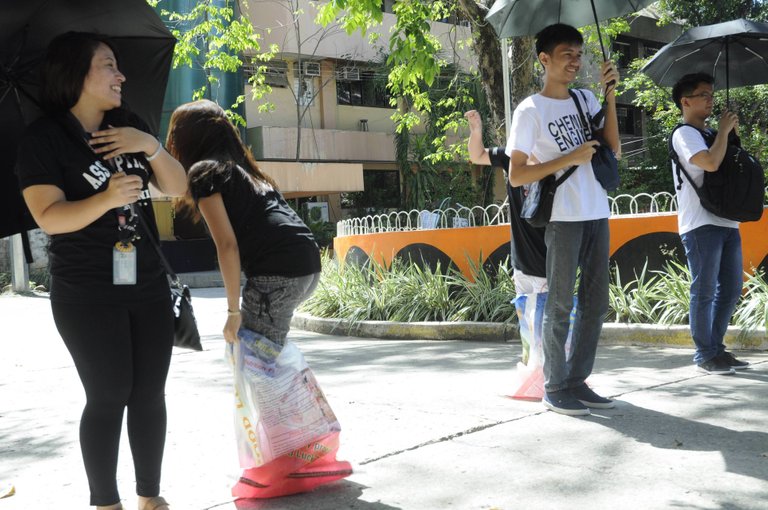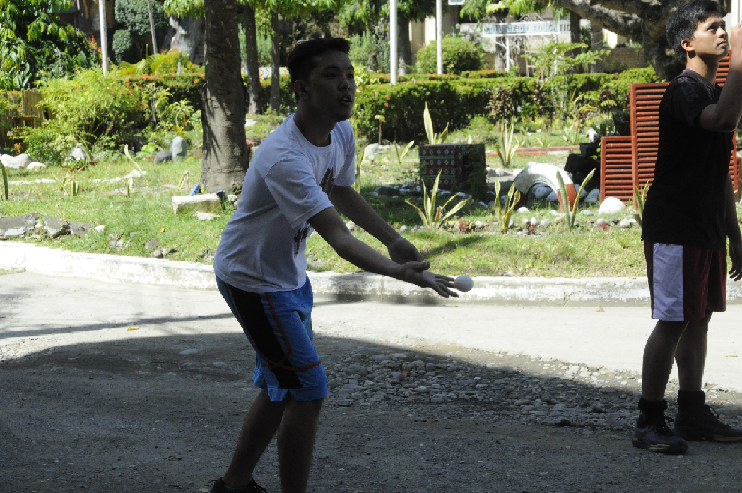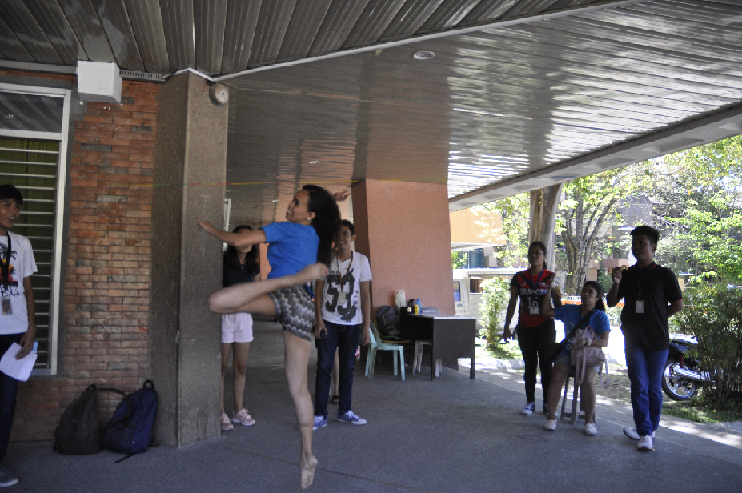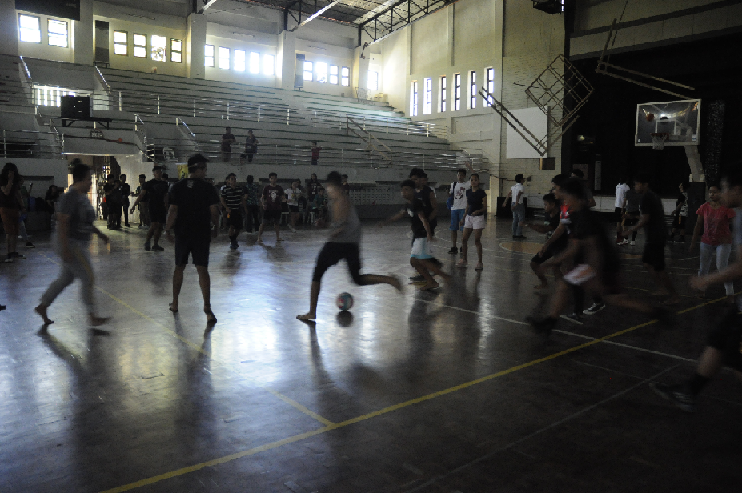
The Filipino phrase laro ng lahi simply means “games of our culture” or the Traditional Filipino Games. In the Philippines, due to its limited resources of toys especially Filipino children growing up in a remote area usually use native materials or instruments as a tool for these games. As a Filipino child born, I’ve always known that there is something more than just sitting in front of the computer and television all day. Traditional games has been the regular and popular pastimes, as well as the favorite games of our parents and grandparents. They used to gather in the streets or in their neighborhood playground to play their favorite Pinoy games.
But in this age of technology, it's hard to get kids to simply go outside and play. Advanced technology nowadays has completely changed virtually every aspect of our society over the past few decades, causing a destruction of core values that long ago were the fabric that held families together from the way we work and socialized with other people. Although technology provide many positive benefits for learning, it also can have several negative effects on child development and quality of life. It is important to put limits on technology usage and being aware of the potential negative consequences of overuse of the children, not just for children but for adults also.
There are about 40 known traditional Filipino games but we just played four games.
First Game: Sack Race



The participants place both of their legs inside a sack and hop forward from a starting point toward a finish line. The first person to cross the finish line is the winner of the race. The more teams racing, the more fun it is!
What you need:
• Sacks
Rules of the Game:
• Start with 5 or 10 people per team
• Participants will run to the sack, put both feet in and begin hopping toward the finish line.
• Contestants must keep both feet in sack and at least one hand on the sack at all times.
• The sack must remain as close to the waist as possible and should not fall below the knees.
• Start the race on one end and have each person tag the next in the other line. Continue until the team finishes.
• Add obstacles to the course (make sure they are safe).
• The first team to the finish line wins.
Second game: Egg catching


Each teams will have one raw egg. A round consists of both of them throwing and catching the egg without it popping or cracking. After a round finishes, all surviving teams will move a few steps farther from each other and do another round of throwing and catching. The last surviving team will be the winner.
What you need:
• Raw eggs
Rules of the Game:
• All players to be paired up.
• The pairs stand about one metre apart, and a raw egg is tossed from one partner to the next.
• Those who catch the eggs without breaking them continue in the game.
• After each successful catch, the players must take one step backward so that the tosses are longer and longer.
• The last team left with an unbroken egg wins the game.
Third Game: Chinese Garter


Chinese Garter is a very popular game for Filipino children, most specifically among girls during their elementary years and high school years. This game requires flexibility, balance and coordination. There should be two people holding both ends of the garter which is stretched horizontally while others are trying to transfer across the other side of the garter. In each round, the height of the garter increases.
What you need:
• Chinese garter or ordinary garter
Rules of the Game:
The Chinese Garter game is usually subdivided into ten levels.
Level 1 – The garter is being held by the posts closer to the ground or ankle
Level 2 – Knee high
Level 3 – At the hips
Level 4 – Waist high
Level 5 – Chest high
Level 6 – Shoulder high
Level 7 – Head high
Level 8 – At the tip of the head
Level 9 – A few inches above the head
Level 10 – As high as a kid raising his arms high on tip toes
The main goal of this game is to across over the garter without being tripped.
Fourth Game: Labay Tunga or Dodge ball


What you need:
• Ball
Rules of the Game:
• Hit another players in the center. Clothing counts as part of a player's body
• No substitutions will be allowed once a game has started
The objective of dodge ball is to eliminate all players of the opposing team by throwing the ball and hitting the opposing player.
After the exciting and memorable game, every team was so tired yet it was spectacular. It isn’t all fun and games, though.The game bonded us together and taught us how to communicate with each other, even if it were in a competitive manner. It also taught us to value team work, sacrifice, and respect for rules. Laro ng lahi make up a huge part of any Filipino’s childhood.
We should remember that much of learning happens outside of school. Playing outside make the children's mood positive and alive, stress free and they will learn the importance of meaningful strategy, planning ahead, teamwork and communication.
This has been featured in our Daily Featured Posts and you got a 100% upvote from both @steemph.iligan and @steemph.curator. Congratulations! Continue putting out good/high quality contents in the platform. :)
Wow. Thank you so much!! 😊
Hahaha congrats on your first ever official blog.
Hahahaha yes. Thank you! 😊 wa ku ga expect. Lol